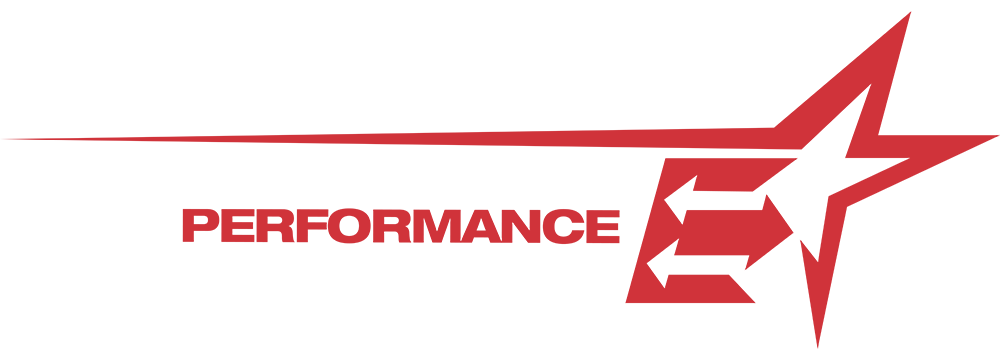THE 5 MASSAGES MOST SUITABLE FOR ATHLETES
When you think about a massage, most people think of a luxurious spa experience that includes some Aroma Therapy and maybe some soft lighting. Athletes however, envision something a little different when asked to think about a massage. For them, it’s less about the ambiance and more about the benefits of this therapeutic treatment.
Massage therapy can play a crucial role in keeping athletes healthy and are known to have numerous health benefits for the body and the mind. Case in point, after a game or intense training session, the lactic acid build-up in muscles can cause soreness, stiffness, discomfort, and sometimes pain. A massage can help alleviate this pain, improve soft tissue function, and improve the athlete’s range of motion.
Massage therapy is also excellent for releasing endorphins, the “happy chemical” that alleviates stress and anxiety, which positively impacts performance ability.
The Massages Most Suitable for Athletes
There are numerous massage techniques that one can opt for however, only a few have proven to be extremely beneficial for athletes:
1. Deep Tissue Massage
A deep tissue massage uses deep pressure through fingers and slow, long strokes to alleviate tension in muscles. However, unlike the Swedish massage, a deep tissue massage targets the deepest layers of your connective tissue to ensure ample muscle stimulation.
Deep tissue massage can help athletes combat chronic problems of muscle soreness, injury, and even imbalance. If an athlete experiences trouble in a particular muscle group, deep tissue massage can be used to focus on the problem area to stimulate all the muscles of that region.
Deep tissue massages can be intense (and sometimes slightly painful), you shouldn’t experience too much pain or discomfort. Ideally, In most cases, it is recommended that you give a gap of at least two weeks between deep tissue massage sessions, and you should avoid the massage if you have bone injuries or deep ligament tears.
2. Active Release Technique
The Active Release Technique (ART) type massage helps prevent scar tissue formation after muscle injuries and releases muscle adhesions, also known as knots. The massage therapist evaluates the tissue and measures its mobility, texture, and tightness. After this, the therapist improves muscle stiffness and mobility through specialized techniques using their hands.
ART helps treat specific injuries that lead to scar formation and an inability for the body to heal. These injuries include shin splints, plantar fasciitis, and even hamstring injuries that are all too common in sports. However, as with most massage techniques, if you suffer from bone conditions or severe injury, it is best to delay this kind of massage until after recovery.
3. Trigger Point Therapy
Trigger point therapy is somewhat similar to ART as it helps relieve knots and pain from muscle tissues. Deep pressure releases tensions and adhesions from specific trigger points. You can successfully treat injuries such as tightness in the IT band, hamstring, or calf with trigger point therapy.
These injuries are common in athletes, and trigger point therapy can be an excellent way to improve symptoms. However, if the damage is severe, you should not try to resolve it through trigger point therapy, as it could worsen the pain.
4. Shiatsu Massage
The Shiatsu massage is based on Chinese massage techniques and involves mobilizing muscles and joints through stretching and manipulation. This technique is particularly beneficial for joints as it helps to improve joint lubrication, which prevents joint disease and helps athletes perform to the best of their abilities.
However, it also helps balance the rest of the body’s muscles and promotes overall well-being. You should avoid Shiatsu massage for specific conditions such as arthritic bones, varicose veins, wounds, fractures, and inflammation of joints.
5. Swedish Massage
A Swedish massage is a full-body massage that is especially beneficial for runners. However, this type of massage is also great for beginners and is usually used for relaxing and alleviating muscle stress, strain, and tension.
The Swedish massage uses long strokes with varying pressure and a flowing manner to gently soothe muscle tension while promoting adequate blood flow. However, if you have an active and severe tissue condition or a fracture, you should avoid getting a Swedish massage as it could exacerbate the issue.
Conclusion
Massages are an easy, simple, yet highly effective method of relieving soreness, stress, and muscle fatigue in athletes while promoting their physical and mental well-being. However, it is crucial to go to a well-trained therapist for your massage. If you’re looking for a Licensed Massage Therapist who’s experienced with treating athletes, reach out to us. We’d be more than happy to connect you to any one of the great LMT’s we have in our network.
